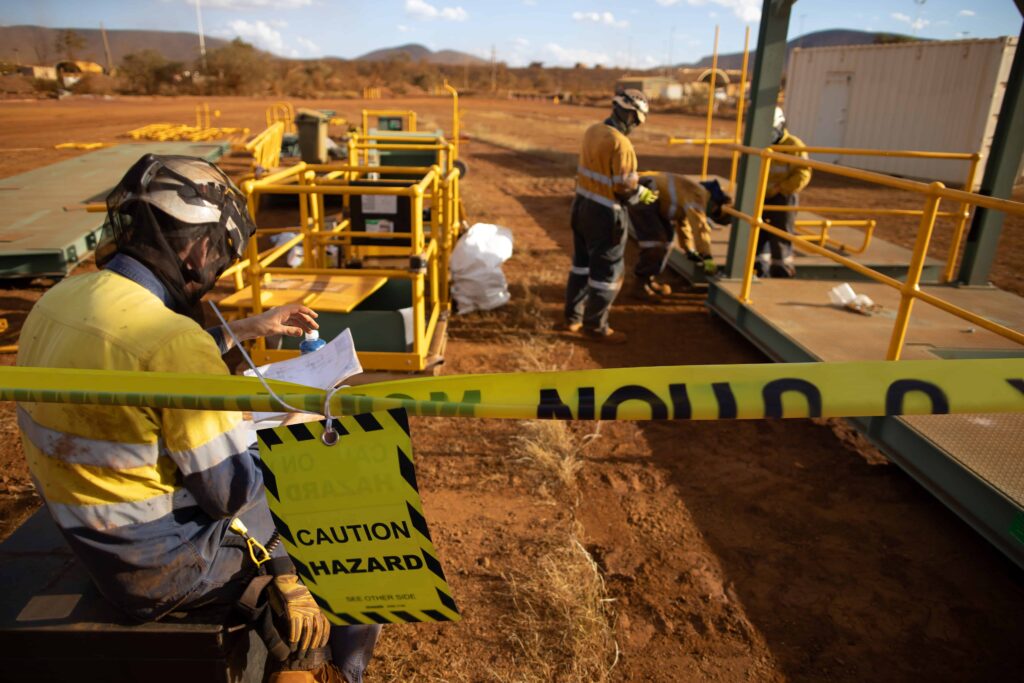
Please be aware that persistent heavy rain impacts the ground and creates an excavation hazard.
The number of excavation accidents has risen on construction sites and farms, according to the NSW regulator for workplace safety.
Tragically in June, a 33-year farmer died from fatal head injuries acquired while extracting a bogged bulldozer.
In a separate incident, a 19-year old apprentice was injured when a two-metre-high unsupported trench collapsed on a residential building site.
These are two of the most serious examples of the recent excavation accidents.
Although the SafeWork NSW report focuses on NSW, its warning should be heeded by construction workers and farmers across Australia. This is particularly important as we enter the new year, because above-median rainfall is expected to continue from January to March for NSW and Queensland due to La Nina and record warm waters.
Natasha Mann, Head of SafeWork NSW, says it’s crucial to monitor ground conditions on a regular basis.
“Proper planning before work begins and ongoing monitoring of ground conditions is essential, especially following flooding or heavy rain. If in doubt we recommend consulting further with a geotechnical engineer,” Ms Mann said.
“The consequences of failing to properly assess site conditions can be fatal.”
In fact, SafeWork NSW found the vast majority of accidents (74 per cent) involving earthmoving plant and excavations led to serious injury or death.
Accidents typically occur because workers don’t know what lies beneath the excavation site, according to the state regulator. Alarmingly, ‘digging blind’ is a major cause of electrocution.
“Workers can be severely injured if they are struck by earthmoving equipment or if their equipment comes into contact with electrical assets,” Ms Mann said.
Natasha Mann says that business owners, site managers and supervisors must consult with workers to thoroughly assess risks, and complete a Safe Work Method Statement before commencing excavation work.
People across Australia can access a free service called Before You Dig Australia (BYDA). Find out what utilities and services are under your excavation site, before starting any excavation.
This national online portal allows visitors to request infrastructure information about the location they plan to excavate, prior to commencing work.
This is how it works, according to the BYDA site:
“Once an enquiry is lodged, details including the location, date and type of work being carried out are sent to all registered infrastructure owners with assets in the vicinity of the project site. Asset owners will respond directly to the person enquiring with information on the location of their infrastructure assets.”
SafeWork NSW also created this safety checklist and safety information for excavation work.
If you live outside of NSW, please also check your respective workplace safety website for information that may be specific to your state or territory.
Safety in construction must be a top priority for our industry, given the dangerous nature of our work. It’s crucial that employers honour their duty of care to provide a safe working environment, and that safety training is accessible to all workers.
For general Safe Work resources that are specific to your state or territory:
The TPM team wishes you all a safe and happy New Year!